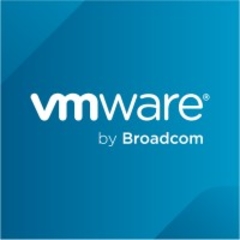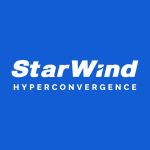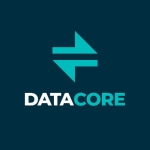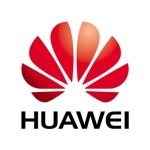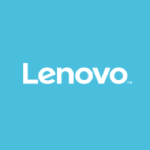What is most valuable?
Currently, we are on version 6.2. Having all flash, I would say that the most valuable feature for us is deduplication, as it gives us better utilization of the space available. In the latest release, there are already features that we have been waiting for. iSCSI presentation, for example, is something we were waiting for. With iSCSI presentation, we will be able to present the vSAN datastore to our other blade servers; therefore better utilising our investment.
How has it helped my organization?
We face the same challenges most organisations do; probably the most common one being that of keeping up with growth and expansion, while keeping within the budgets. vSAN is very scalable, so we can plan our costs well in advance, knowing that additional nodes will be expanding both our compute and storage resources.
What needs improvement?
I think that the product is evolving in the right direction, most of the improvements and suggestions we had in mind are already available in 6.5. Obviously, there is always room for improvement.
For example, in our case, we had to go with vSAN Advanced license in order to have all flash. I remember attending the vSAN summit at VMworld 2015, and this licensing issue came up during the discussions; so did the request to present vSAN via iSCSI and the 2-node direct connect for ROBOs. In 6.5, all-flash is now supported by all vSAN editions, and ROBO sites can be deployed with a 2-node crossover cable, so it looks like VMware are taking on-board the suggestions we are making, as always J.
For how long have I used the solution?
We have been using vSAN for the last two years, now. Initially, we decided to try vSAN in our test and dev environment. We started with the hybrid solution using some hardware that we already had in-house. Our development team had already noticed faster build and deployment time frames, so we explored the vSAN option further. Today, we moved to an all-flash solution, which we are now using both for dev and production.
What do I think about the stability of the solution?
The only issue that I recall having was with a controller driver that did not pass the HCL check; this happened following an update to 6.2, but a patch was released soon after. We did not experience any service interruption or downtime.
How are customer service and technical support?
Customer support for vSAN was very good; response time was very fast and within the agreed support time frames. The technical guys where very knowledgeable and helped out to address our queries and issues right away.
Which solution did I use previously and why did I switch?
In most of our environments, we still have "traditional" storage, some of which is becoming end of life and will be decommissioned. Others are relatively still recent and are being used as a secondary storage together with vSAN. It’s like having the best of both worlds in a way. We have been using and implementing most of the VMware products for several years now; vSAN keeps consolidating our infrastructure under one vendor.
How was the initial setup?
When we were setting it up the very first time, we had to start over a few times, but again it was just a learning curve. I think during the first setup, especially if it’s in a testing environment, it’s the best time to hammer it and experiment a little.
What about the implementation team?
We do implementations as service vendors and obviously implemented our own. My advice to whoever is considering vSAN is to try it out, even if it’s just on some hardware you already have. If you don’t have any hardware, most service vendors will be willing to give you a remotely accessible demo. My advice when it comes to production, in regards of hardware, is definitely to go for vSAN-Ready nodes (“VMware-approved hardware”).
What's my experience with pricing, setup cost, and licensing?
In some of our environments, introducing vSAN helped reduce our datacentre hosting costs. In one case, we were able to completely remove a cabinet that had a legacy blade chassis and a legacy SAN. We only had two cabinets in this environment; by consolidating storage and compute in a few servers, we reduced the hosting costs by half. As for pricing and licensing, I think this is something which needs to be discussed on a case-by-case basis; I do not think it’s a “one size fits all”.
What other advice do I have?
I think vSAN together with other alternatives is the future. Actually, it has already been here with us for a while; network, compute and storage are merging in one box. It’s just a matter of time for it to become the norm.
My rating is for this point in time. However, there have been improvements and new features in the latest release, which will probably make me increase my rating in the coming days.
Disclosure: My company has a business relationship with this vendor other than being a customer. My company, Concentric Data Services, is a VMware Partner and also a client.

